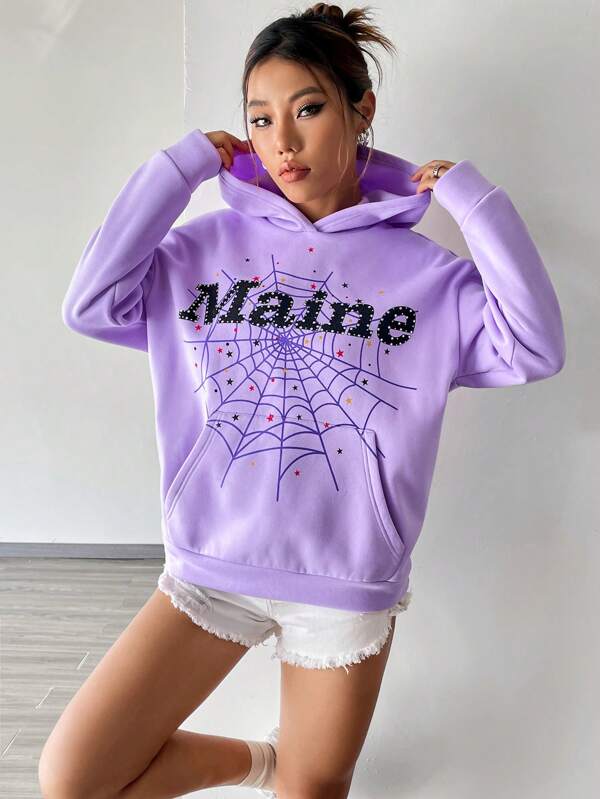The Unrealistic Beauty Standards
The fashion industry, a powerful force shaping cultural norms and influencing individual perceptions of beauty, has long been criticized for perpetuating unattainable standards. Visit now https://superhoodieofficial.com/ The idealized images of models and celebrities showcased in magazines, runways, and advertisements often create unrealistic expectations, fostering a culture of comparison and dissatisfaction. This article delves into the detrimental impact of unattainable standards set by the fashion industry and advocates for a shift towards realism and diversity.
The fashion industry has a history of promoting a narrow definition of beauty, emphasizing tall, slender figures with flawless skin, perfect proportions, and symmetrical features. This unrealistic portrayal not only alienates a vast majority of individuals but also contributes to the perpetuation of harmful beauty ideals. The constant exposure to these unattainable standards can lead to body dissatisfaction, low self-esteem, and even mental health issues among those who feel they fall short of the prescribed norms.
Moreover, the industry’s obsession with extreme thinness has given rise to concerns about the prevalence of eating disorders and unhealthy dieting practices. Models and aspiring individuals often face pressure to conform to these standards, sometimes at the expense of their well-being. The fashion industry’s failure to represent a diverse range of body types perpetuates a harmful cycle that reinforces societal expectations at the expense of individual well-being.
The Impact on Mental Health
The relentless pursuit of perfection, fueled by the fashion industry’s unattainable standards, has a profound impact on mental health. Constant exposure to images that promote an idealized version of beauty can lead to feelings of inadequacy and inferiority. Studies have shown a strong correlation between exposure to unrealistic beauty standards and increased levels of anxiety, depression, and body dissatisfaction.
The prevalence of photo editing and airbrushing further exacerbates the problem. Images of flawless models, often digitally altered to achieve an impossible level of perfection, create an unattainable benchmark for the general population. This culture of perfectionism fosters an environment where individuals are dissatisfied with their bodies, fueling a desire for unrealistic and often unhealthy beauty practices.
The Need for Diversity and Inclusivity
A crucial step towards dismantling unattainable standards in the fashion industry is the promotion of diversity and inclusivity. The industry has made some strides in recent years, with a growing recognition of the need for representation of different body sizes, ethnicities, ages, and genders. However, progress is slow, and there is still a long way to go.
Efforts to include a more diverse range of models and showcase a broader definition of beauty contribute to a more inclusive culture. This not only benefits consumers who see themselves represented in the media but also challenges the traditional norms perpetuated by the fashion industry. Brands that actively embrace diversity demonstrate a commitment to breaking down barriers and celebrating individuality.
Responsibility of the Fashion Industry
The fashion industry wields considerable influence over societal perceptions of beauty and self-worth. With this influence comes a responsibility to promote healthy and realistic standards. Check it now https://spiderofficial.us/ Brands, designers, and media outlets need to recognize the impact they have on individuals and actively work towards fostering a positive body image.
Implementing changes within the industry requires a collective effort. Fashion houses, advertising agencies, and media outlets should prioritize the use of models that reflect the diversity of their audience. Furthermore, promoting transparency in advertising by disclosing the use of digital alterations in images can help bridge the gap between fantasy and reality.
Consumer Empowerment
While the fashion industry plays a significant role in shaping beauty standards, consumers also have the power to challenge and reshape these norms. Social media platforms have become a powerful tool for individuals to express their unique perspectives and demand more inclusive representation. The rise of body positivity movements and the celebration of “real” bodies challenge the conventional ideals perpetuated by the fashion industry.
Consumers can actively support brands that prioritize diversity and authenticity, sending a clear message to the industry about the importance of inclusivity. By engaging with and promoting content that celebrates diverse beauty, individuals contribute to a cultural shift that prioritizes self-love and acceptance over unattainable standards.
Conclusion
The fashion industry’s promotion of unattainable standards has far-reaching consequences, impacting individuals’ mental health and perpetuating harmful beauty ideals. However, there is a growing awareness of the need for change, with increasing efforts towards diversity and inclusivity. The responsibility lies not only with the industry but also with consumers who can actively support and demand a more realistic representation of beauty. As we move forward, a collective effort is required to redefine and celebrate beauty in all its forms, fostering a culture that embraces diversity and rejects the damaging constraints of unattainable standards. https://topblogwrite.com/

